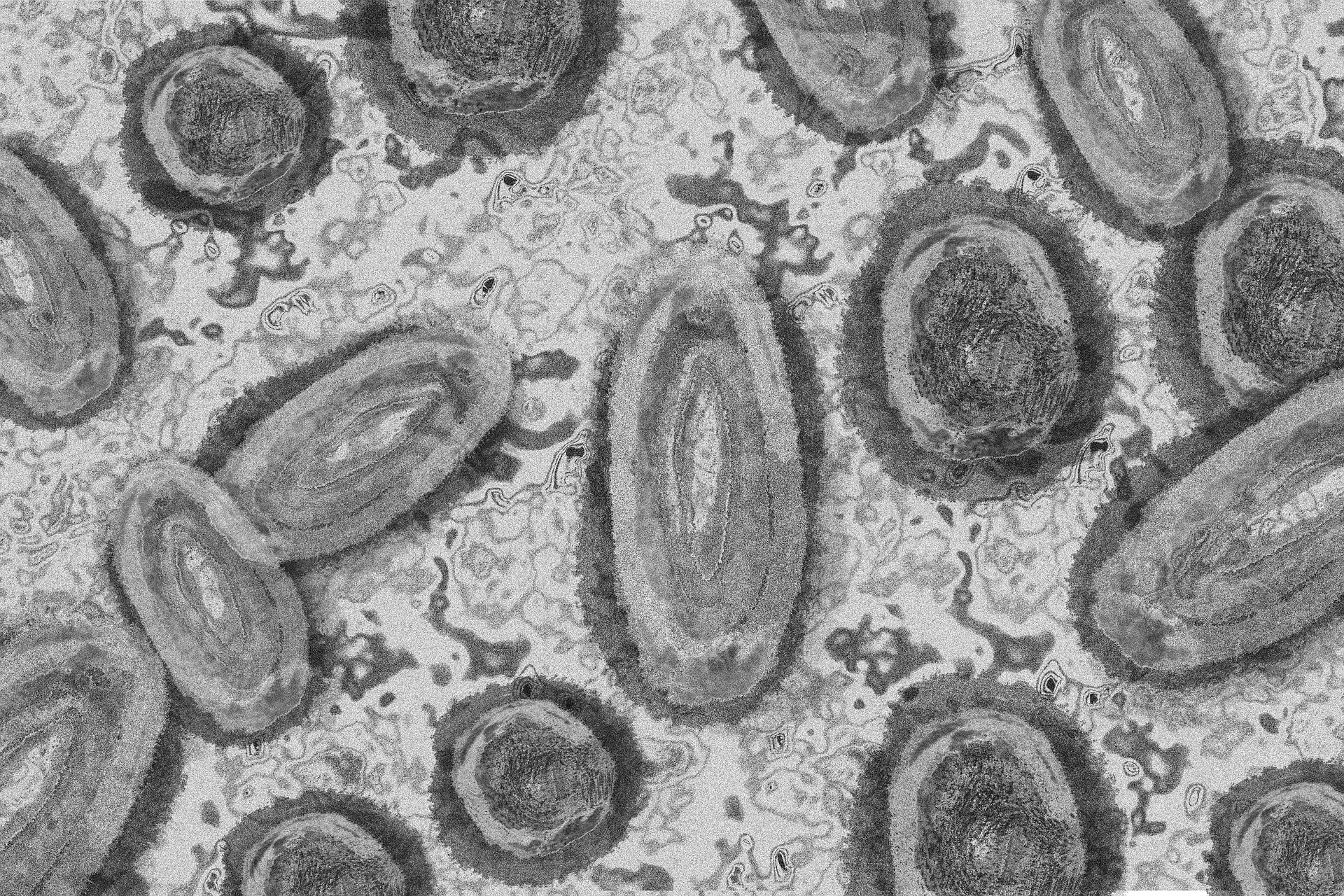Research Roundup: Raising a flag on interspecies transmission of monkeypox
October 12, 2022

While human cases of monkeypox have been documented in Africa since the 1970s, the virus has recently been making headlines because of its spread outside of endemic regions, into Europe, Canada, and the US. In an effort to stop the current spread among humans, most new research and media coverage has focused on understanding how the virus is transmitted between people.
But in a recent invited editorial in the journal Virulence, CVM researchers Hannah Murphy and Hinh Ly focus on another form of transmission: animal-to-human, or zoonotic, transmission. Looking at historic instances of documented interspecies transmission of monkeypox, along with animal susceptibility to similar viruses, the researchers note that the probability of zoonotic and reverse zoonotic (human-to-animal) transmission in the midst of the current outbreak is notable. Not only is this a danger for animal populations, but of particular concern, if wildlife species become infected there is the potential for a new “animal reservoir” for monkeypox to be established, which could allow the virus to become endemic on new continents—and to mutate into more dangerous variants.
The researchers call for active surveillance that involves collaboration between human and veterinary public health officials, along with the development of a vaccine for susceptible animal species to prevent the spread and evolution of the disease. It’s a lesson, they say, that we do well to take sooner than later from the COVID-19 pandemic. Read the full editorial in Virulence.


